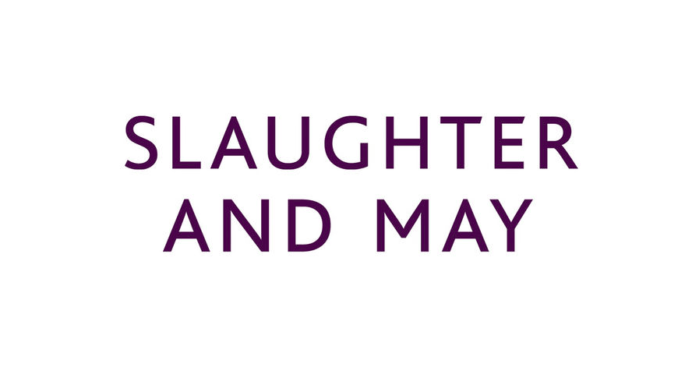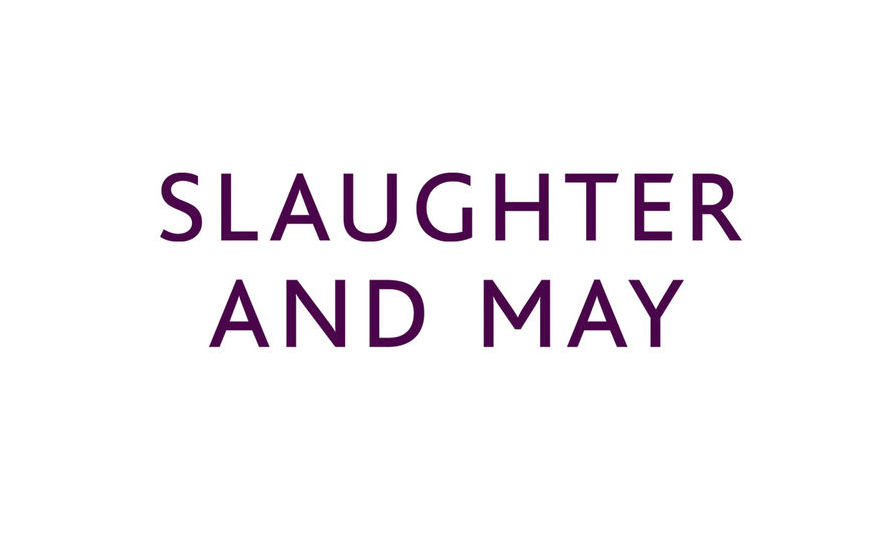
Artificial Lawyer recently caught up with Ben Kingsley and Rob Sumroy, both partners in leading UK law firm, Slaughter and May.
As readers may know, Slaughters is an investor in the legal AI company, Luminance, and is already using its software for transactional due diligence matters. But that is not the limit of Slaughters’ interest in the growing field of AI.
Kingsley and Sumroy chatted about broadening the firm’s use of AI; how to drive innovation across the firm; and also advising clients on AI regulatory and risk issues.
Although Slaughter and May once had a reputation for being ‘traditional’, these days it is at the cutting edge of legal AI adoption and is also developing some interesting thinking around law firm innovation and advisory services on AI.
Partners Ben Kingsley and Rob Sumroy explain that although it didn’t start out as an ‘official’ practice group the firm’s FinTech team, of which they are both part and which includes advisory work on AI, has grown into a major group of around 20 partners and 40 associates. Clearly this is a firm very much focused on new technology and what it means for their clients.

In fact, Kingsley and Sumroy, in conjunction with tech research group ASI, recently produced a white paper on risk and compliance issues related to AI.
One might say this is part of a two-sided approach to AI. On one side the firm is making use of AI to enhance and refine the quality of its client service, on another it is using some of the insights gained in using AI technology to credibly inform the regulatory and risk advice they give to clients. It’s a win-win.
As Kingsley, who is playing a key role in the nascent AI regulatory offering, puts it: ‘You need to understand AI before you can advise on it for clients.’
‘We are looking at how the use of AI could expose clients to risk and liability, there is a whole theme there around legal risk and governance,’ he adds.
Now, you may well ask whether a firm that has said it embraces AI can also be handing out advice on its risks? But, perhaps one way of looking at this is to consider that every new technology that becomes established brings with it a degree of measured risk. For example, driving a car implicitly involves a range of legal risks, most notably related to accidents and insurance. Risk and great inventions seem to come together as a package.
And perhaps the fact that AI is now getting its own legal risk advisors is in reality a positive sign that shows both a maturing of the technology and that it has come into the mainstream.
In short, any good product that can make an impact on people’s lives probably has a legal risk profile as well. It doesn’t invalidate that product or invention, it’s just par the course. If anything, understanding the risks and their limits will help banks, insurance companies and corporates more easily adopt AI.
Kingsley adds that central to this work is CEOs and their boards viewing AI as more than ‘IT’.
‘We want to move AI out of the domain of tech departments and info-security and into the boardroom,’ he states, which is a view Artificial Lawyer 100% supports in relation to law firms and inhouse lawyers considering the benefits of AI. I.e. this technology is so systemically transformative that it cannot be viewed as a specialist or narrow issue, but one that affects the whole business, or at least will in time.

So far Kingsley is pleased with the feedback they have been getting. At a recent event representatives from a wide range of sectors came to hear about the work Slaughters is doing in AI, including wholesale and retail businesses, old world and new tech, established PLC institutions and newcomer start-ups. Seemingly every type of business is interested.
But, that’s the outward aspect to AI. The other aspect is how Slaughters approaches AI and more broadly, internal innovation. In what is a reflection of the outward approach to AI, Sumroy says: ‘We do not have a ‘Head of Innovation’ because we want to make innovation something broader across the firm and to ensure it happens.’
The logic here is if you have a person whose job is ‘to innovate’ then the process of change and adoption gets stuck there, rather than becoming a firm-wide endeavour.
Instead the firm’s approach, which has been renewed recently with a new plan driven by a group of partners which Sumroy is heading, is to actively work to ‘unblock’ any rising need for innovation that arises within the firm or among the clients
They seek to detect pain points and the demand for tech solutions, then focus on those points until a solution is developed or found. One might call this an ‘innovation demand-led’ approach, rather than an ‘innovation supply-led’ model.
Another Slaughters approach is to view the firm as the ultimate resource for fixing anything, or developing what it needs.
‘We look within the firm and at our skillset (among the partners) to help with innovation,’ Sumroy explains. He notes that he has both technology sector and IP skills, while Kingsley is well-versed in regulatory matters, but also has a Fin Tech advisory capability. Add in all the other partners in the firm and one has quite a skill set to bring to bear on any innovation need.
Kingsley and Sumroy both add that having a Senior Partner in the shape of Steve Cooke, who was instrumental in the Luminance investment and AI adoption project, has also been very important. They note that Cooke is not only interested in AI, but has helped ‘set the tone for innovation’ across the firm.
And this is another key point Artificial Lawyer has to nod to. Real organisational change happens when the leading management figures are fully behind it, rather than delegating it to a special unit that is then left to plough its own path inside the firm. I.e. delegation is logical, but delegation without active, top-level involvement is counter-productive, especially when innovation may include the changing of working patterns for other senior staff, in this case, fellow partners.

However, the firm’s use of AI may well widen in the future beyond M&A. Both Kingsley and Sumroy note that although this is a good start that has been of real use to clients, there is much more to consider.
They mention that areas where they would like to explore the use of AI further stretch across other practice areas, including litigation.
And, there may be opportunities for using AI in recruitment, says Kingsley. Slaughters partners still spend a significant amount of time in recruitment of trainees. This year for example, the new intake will have absorbed many hours of potentially billable time. Surely there is a way of using AI data analytics to make this recruitment more efficient, he muses.
One final thought he raises is making use of AI-led data analytics to better understand satisfaction levels within the firm. After all, Slaughters has spent a lot of time and money hiring some of the brightest young minds out there. It wants to keep them. If innovation via AI can help then they are clearly open to exploring new use cases for the technology.
And there we have to end the interview, but as Artificial Lawyer leaves 1 Bunhill Row in the City of London a thought rises that cannot be shaken: if what was once seen as one of the most famously traditional firms, can today be so engaged with AI and in a very real and client-centric way, then this is a technology that has a great future indeed inside the legal market.
1 Trackback / Pingback
Comments are closed.